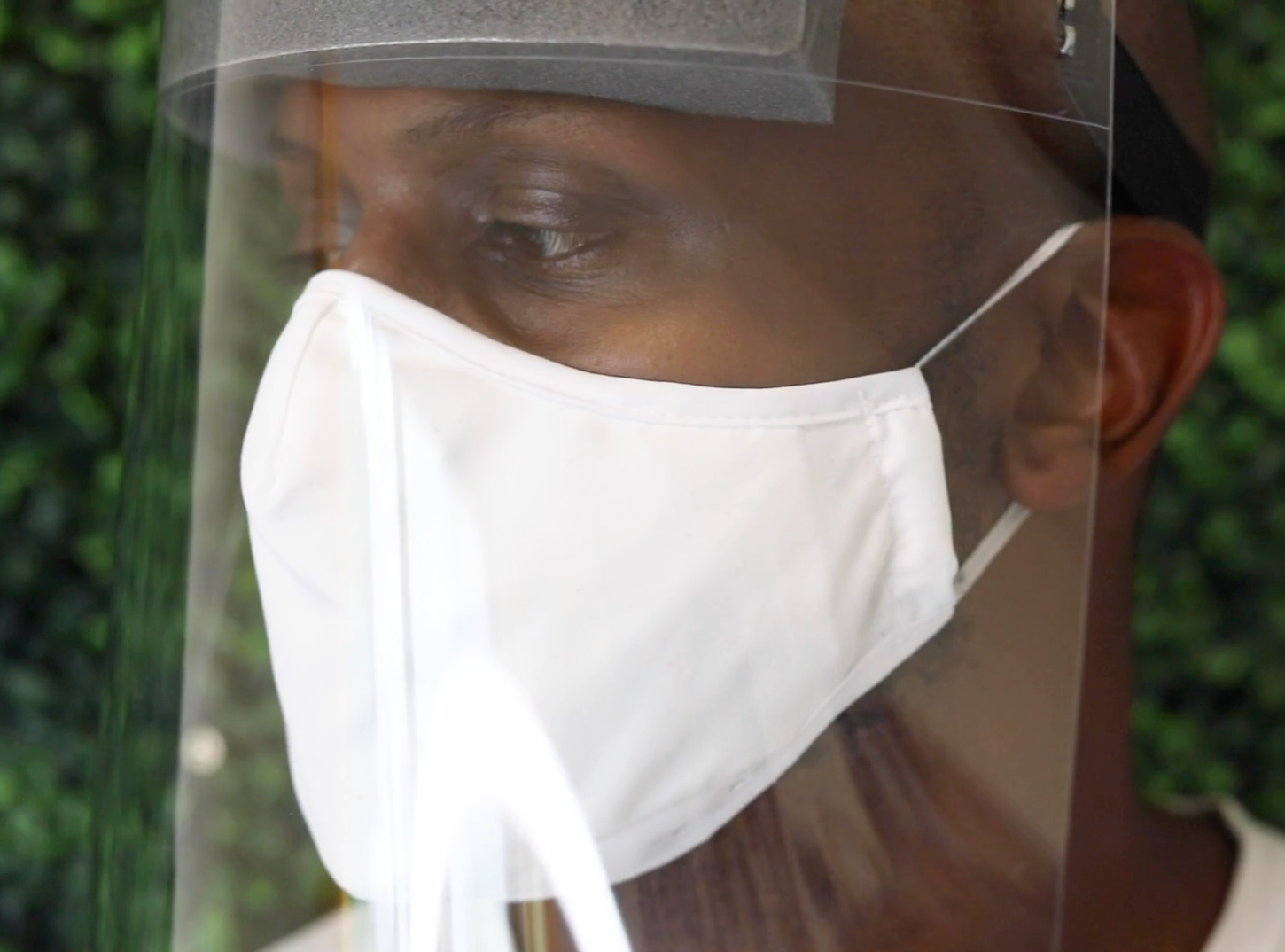Can Face Shields Protect During COVID-19?
The question is often asked in terms of guidance on proper face protection practices during COVID-19. As face shields become more ubiquitous, there is often further confusion on their proper use as protective devices. Let’s try to answer as many common questions on the advantages and disadvantages of face shields, along with best practices on their use and maintenance.
I CAN see! I CAN breathe! People CAN see my smile!
For comfort and usability, face shields offer an array of advantages over face masks. They typically offer great visibility and breathing is seldom a problem. Since they are fluid resistant, they offer eye and face protection from splashes, mists, airborne droplets, dust, and other airborne contaminants (Think coughs and sneezes!). My face shield is far easier to don than my face masks and it offers superior comfort. Finally, don’t underestimate the benefits of an improved ability to communicate. The visibility of your nose and mouth help convey understanding and feelings in personal interactions. Face masks lack this and they also make it challenging to unlock your smartphone! So far, what’s not to like?
Am I safe donning a Face Shield?
According to the CDC, there is currently not enough evidence to support the effectiveness of face shields for source control. Therefore, the CDC does not currently recommend use of face shields as a substitute for face masks. (Many states have adopted the same position.) There is not consensus on this in the medical community. In fact, in a 2014 study published in The Journal of Occupational and Environmental Hygiene, face shields were shown to reduce immediate viral exposure by 96% when worn by a simulated health care worker within 18 inches of a cough. Another opinion piecefrom April 2020 in the online Journal of the American Medical Association promoted the benefits of face shields in the containment of COVID-19.
While we are still learning about this virus, according to the CDC, the virus is thought to spread mainly from person-to-person between people who are in close contact with one another (within 6 feet) through respiratory droplets produced when an infected person coughs, sneezes, or talks. To be safest in protecting your eyes, nose, and mouth from the virus that causes COVID-19, as well as protecting those around you from the virus, a face mask worn with a face shield will offer the best defense. Try to refrain from touching your face shield and face mask. If by chance you do touch either of them, be sure to properly wash your hands immediately after.
Safely protecting the environment:
An additional benefit of face shields is their reusability, since they can be cleaned many times and still retain their efficacy. Be sure to wash your face shield until visibly clean with soap and water after each use. To remove annoying streaks and add an additional assurance of cleanliness, wipe your face shield with pressure immediately after cleaning with an antimicrobial Tentacle Towel.
Gregory Gicewicz is distinguished in the reusable textile industry as a tireless advocate for increasing awareness of the significant role that having high standards in the processing of healthcare laundry plays in broader infection prevention strategy. He is past-president of the Healthcare Laundry Accreditation Council (HLAC), whose mission is to accredit laundries processing healthcare textiles based on the highest standards for patient safety and infection prevention. He is current president & CEO of Sterile Surgical Systems, a full service accredited healthcare laundry & reusable sterile surgical textile pack manufacturer.


